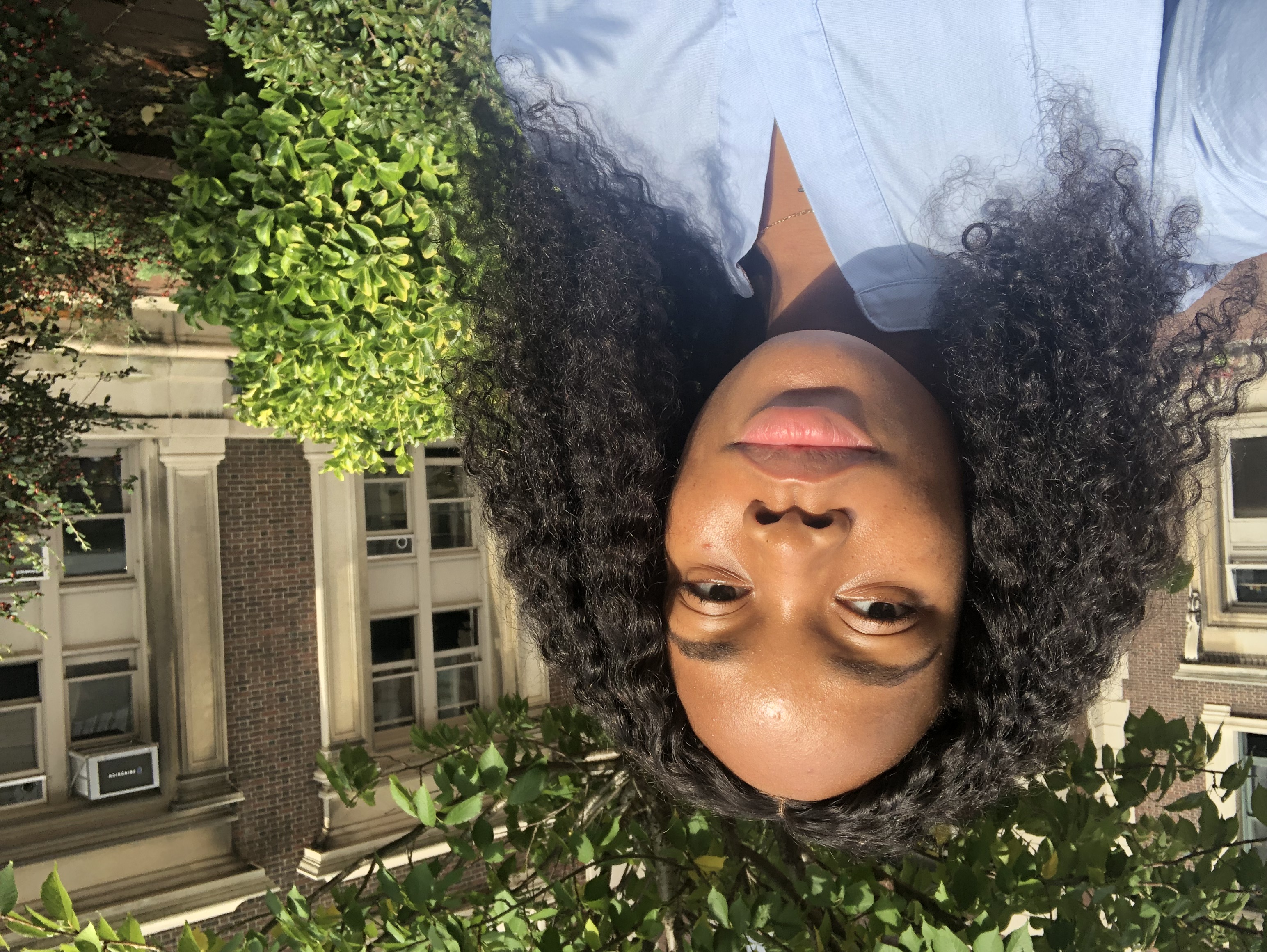Oppression and Resilience Minority Health
(PS6-D88) Psychosocial Stressors and Internalizing Symptoms in Black College Students: Diurnal Cortisol Slope as a Mediator
- YW
Yuqi Wang, B.S.
Clinical Psychology PhD Student
University of Maryland- College Park
Silver Spring, Maryland 
Loretta Eboigbe, B.A.
Clinical psychology PhD student
University of Maryland, College Park
College park, Maryland- SR
Sushant Ranadive, M.S., Ph.D.
Assistant Professor
University of Maryland- College Park
College Park, Maryland - FT
Fanita A. Tyrell, Ph.D.
Assistant Professor
University of Maryland- College Park
College Park, Maryland
Author(s)
Co-Author(s)
Recent work has focused on physiological functioning as a mechanism to explain the association between psychosocial stressors and internalizing symptoms. For example, early life adversity was found to predict subsequent internalizing symptoms through cortisol, a marker of hypothalamic-pituitary-adrenal (HPA) axis functioning (Stroud et al., 2019). This promising research has been underexamined in ethnic/racial minority samples who have higher rates of stressful experiences and internalizing symptoms (Lopez et al., 2017; McLaughlin et al., 2007). Further, Black youth have been shown to have flatter diurnal cortisol slopes which are related to negative health consequences (DeSantis et al., 2007). These findings point towards an important gap in the literature that is addressed in the current study. Drawing from the allostatic load (McEwen, 1998) and culturally-informed adverse childhood experiences models (Bernard et al., 2021), this study examines cortisol as a mechanism in the associations among psychosocial stressors (i.e., perceived stress, perceived discrimination) and internalizing symptoms (i.e., anxiety and depressive symptoms) in Black college students.
The current proposal includes preliminary data from 55 Black young adults (expected N=230; Mage=19.7; 65% Female) who participated in an ongoing cross-sectional study about stress and health. To measure perceived stress, perceived discrimination, depressive symptoms and anxiety symptoms, participants completed the Perceived Stress Scale (Cohen et al., 1983), Everyday Discrimination Scale (Williams et al., 1997), Center for Epidemiologic Studies Depression Scale (Radloff, 1977) and General Anxiety Disorder Scale (Spitzer et al., 2006). Participants collected four 1.0-1.5 mL saliva samples across two days during morning and night times. Hierarchical regression analyses were conducted in SPSS Version 27 to account for the unique effects of perceived stress and perceived discrimination on young adult’s internalizing symptoms. Age and gender were included as covariates in all models. Given that cortisol data was not available at the time of this submission due to sample processing time, future analyses will test mediation models with cortisol using PROCESS macro V4 (Hayes, 2018) in SPSS.
Perceived stress (β=.48, p< .001) and perceived discrimination (β=.26, p=.01) significantly predicted higher rates of depressive symptoms above and beyond age and gender. Perceived stress (β=.50, p< .001) and perceived discrimination (β=.29, p< .01) were also significantly predicted higher rates of anxiety symptoms above and beyond age and gender. Mediation results will be presented during the poster session.
In a sample of Black college students, perceived stress and discrimination were positively associated with internalizing symptoms. These preliminary findings are consistent with previous literature. Perceived discrimination had a unique effect on internalizing symptoms above and beyond perceived stress. Although, the effect size of perceived discrimination was smaller than the effect of perceived stress. Future studies should examine longitudinal associations between stress and internalizing symptoms in racial/ethnic minorities.

